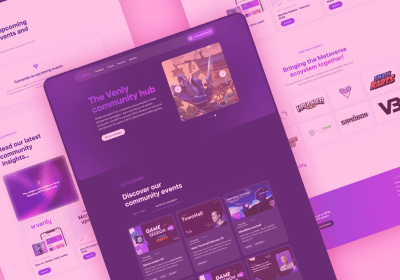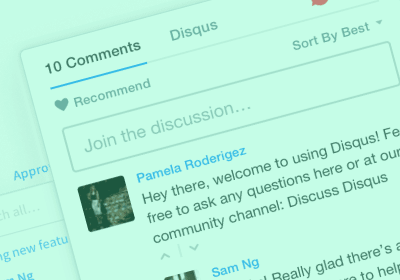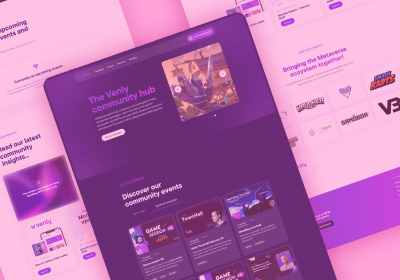
No-Code and Low-Code in web design: Hype or Future?

Back in 2017, Forbes magazine wrote an article about the Low-Code / No-Code movement. They predicted this movement to become an extraordinarily disruptive page in the digital transformation of SME's and enterprises.
3 years later in 2020, it's an understatement to say that no-code and low-code software platforms are trending. Especially within the startup and disruptive technology sector these platform are extremely popular, enabling to put ideas into practice at lightning speed. This gives them the advantage to test and iterate more quickly to find the ideal product-market fit.
More recently we witness adaption in the enterprise segment as well. Probably affected by the sudden forced work-from-home policies, larger IT teams are juggling priorities, trying to hold it all together. As a result there is no time to respond to new request, therefore internal customers (f.e. marketing, sales and support teams) are on their own to find innovative solutions they find in the no-code / low-code market.
Gartner, one of world's leading research and advisory companies, foresees low-code and no-code software will be used in more than 65% of all development functions by the year 2024. They believe about 66% of big companies will use a minimum of four low code tools and platforms.
How new is No-Code web design?
No-code in web design isn't new. The first no-code initiatives aimed to empower SME's owner to build their own digital identity and website. In the web design market they are better know as DIY platforms or site-builders. In this market WIX is the overall market leader.
WIX pioneered with the first version of their site-builder in 2006. They created a new market segment previously dominated by hosting companies and web design agencies, the DIY (do-it-yourself) market. Today, this DIY market is matured and represents 20% of all websites worldwide.
Still 80% of all websites are build by professionals, the DIFM (do-it-for-me) market represents freelancers, solo-entrepreneurs, creative studios and full service agencies. The way how they serve the SME's has been changed over the years.
In the early days, building a website was highly complex, agencies were selling their technical knowledge to create a digital presence. Today a website is just a small commodity in an extended SME's online marketing mix. Agencies can't just sell code anymore, they need to sell website conversions.
Why are agencies interested in No-Code and Low-Code web design tools?
The rise of site-builders and websites becoming a commodity, put pressure on market pricing. Because of this, agencies are forced to increase the efficiency of their internal processes, looking for new ways to kill redundant work and improve collaboration in web design. New technologies are entering the web design market to optimise these web design workflows. Most platform are cloud based and reduce the need of custom coding.
The main distinction between low-code and no-code is about the type of people using the platforms to build applications.
In the no-code space - DIY market, we already mentioned the site-builders like wix, weebly, jimdo, squarespace,... targeting SME owners. The no-code tools in the DIFM market mainly focussing on designers, enabling them to build websites independently from front-end coders. Examples of these platforms are Webflow, Webydo, Duda and EditorX
Low-code web design technology, in contrast, centers on professional (frond-end) developers, streamlining and simplifying their work. These platform try to automate all the repetitive work, so the developer could focus on custom functionalities and exceptions.
What's next and how does SiteManager fits in this no-code / low-code movement?
We're now living in the era of co-creation and especially in the medium to high scope web design market, it's rarely just a designer or a developer who's involved. When looking at the traditional web design process, from project briefing to the launch, a project is handed over several times. Not only between different people but also between different technologies. Agencies invest in building design systems to optimise this collaboration.
A collaborative web design platform, like SiteManager, solves two major problems. It empowers them to build a design system in one technology and provides an interface tailored to the specific needs of each user. SiteManager is a hybrid platform, combining no-code modules for designers and content editors with low-code technology for developers. This technical foundation enables agencies to build websites from different scope, design intensity and complexity.
And this is only the beginning. A new disruptive trends enters the web design market: Artificial intelligence (AI). Also SiteManager explores ways to incorporate AI into the finding ways to further optimise the web design workflow. For example, AI could assist with project calculations, finding freelance resources, and give feedback inside the platform.
Step by step this will turn SiteManager in integrated full stack solution for digital agencies and marketing teams.
Start building today
Streamline your creative process and keep your team aligned with our collaboration tool.




